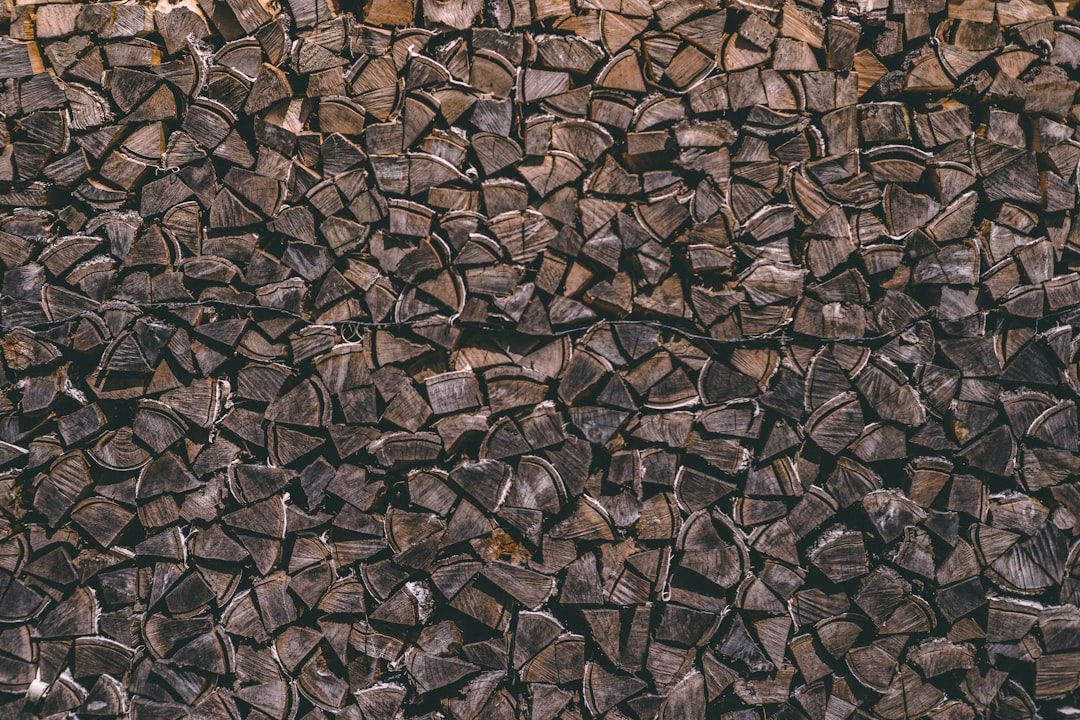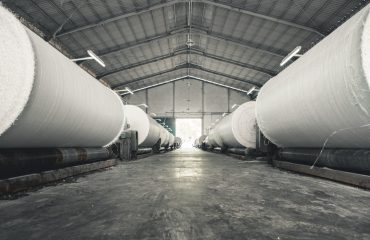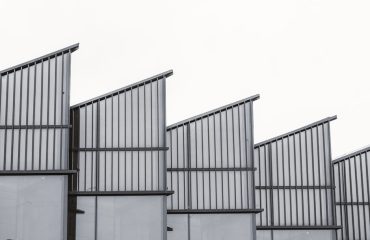In a world increasingly focused on sustainability and reducing waste, the design of long-life steel products is paramount. Steel, a remarkably durable material, offers immense potential for creating products that stand the test of time. However, simply using steel isn’t enough; careful consideration of material selection, manufacturing processes, and design principles is crucial to achieving truly exceptional longevity. This post delves into the key aspects of designing steel products built to last.
1. Strategic Steel Selection: Choosing the Right Alloy for the Job
The journey to creating a long-lasting steel product begins with selecting the appropriate steel alloy. Different alloys possess varying properties, influencing corrosion resistance, strength, weldability, and formability. For applications demanding high strength and durability, high-strength low-alloy (HSLA) steels are excellent choices. These steels offer a superior strength-to-weight ratio compared to traditional carbon steels. For environments with high humidity or exposure to corrosive elements, stainless steels are indispensable. Their chromium content creates a protective passive layer that significantly enhances corrosion resistance. The specific grade of stainless steel (e.g., 304, 316) should be chosen based on the severity of the corrosive environment. Consideration should also be given to factors like cost, availability, and the overall design requirements when making the final selection.
2. Precision Manufacturing: Techniques for Enhanced Durability
The manufacturing process significantly impacts the final product’s lifespan. Precise fabrication techniques are crucial in minimizing weaknesses and ensuring structural integrity. For instance, advanced welding techniques like laser welding or robotic welding offer superior weld quality and consistency compared to traditional methods. These techniques produce stronger, more uniform welds, reducing the risk of cracks or failures. Furthermore, techniques like shot peening, a process involving blasting the steel surface with small steel shot, can introduce compressive stresses into the surface, increasing fatigue resistance and extending the product’s life. Proper surface treatment, such as powder coating or galvanizing, also plays a vital role in protecting the steel from corrosion and environmental degradation.
3. Design for Durability: Incorporating Longevity into the Blueprint
The design itself plays a crucial role in determining a product’s lifespan. Careful consideration of stress points, load distribution, and potential failure modes is essential. Finite element analysis (FEA) is a powerful tool that allows engineers to simulate real-world loading conditions and identify potential weaknesses in the design. This allows for proactive adjustments and optimization before manufacturing, ensuring a more robust and durable final product. Design for disassembly (DfD) is another important principle. By designing products that can be easily disassembled and repaired, the overall lifespan can be significantly extended, reducing waste and promoting a circular economy. This involves considering modularity, standardized components, and easy access to repairable parts.
4. Corrosion Protection: Shielding Steel from the Elements
Corrosion is a significant factor limiting the lifespan of steel products. Implementing robust corrosion protection strategies is therefore critical. Besides choosing corrosion-resistant steel alloys, various surface treatments can further enhance protection. Galvanization, a process of applying a zinc coating, provides excellent protection against rust. Powder coating offers an aesthetically pleasing and durable finish, providing a protective barrier against environmental factors. Regular maintenance, such as cleaning and repainting, can also extend the lifespan of steel products by preventing corrosion from taking hold. In harsh environments, specialized coatings or cathodic protection systems may be necessary to ensure long-term corrosion resistance.
5. Lifecycle Assessment: Measuring and Improving Longevity
A comprehensive lifecycle assessment (LCA) is crucial in evaluating the environmental impact and longevity of steel products. This involves analyzing the entire lifecycle, from raw material extraction to disposal or recycling. An LCA can identify areas for improvement in terms of material efficiency, manufacturing processes, and end-of-life management. By understanding the product’s entire lifespan, manufacturers can make informed decisions to improve durability and minimize environmental impact. Furthermore, designing for recyclability is essential. Steel is a highly recyclable material, and designing products with this in mind ensures that the material can be reused at the end of its life, reducing waste and conserving resources. This circular approach significantly contributes to the overall sustainability and longevity of the steel industry.
By carefully considering these five key aspects – steel selection, manufacturing processes, design principles, corrosion protection, and lifecycle assessment – designers and manufacturers can create steel products that not only meet performance expectations but also endure for decades to come. This commitment to longevity contributes to a more sustainable future by reducing waste and maximizing the value of this remarkable material.
SEO Tags:
- Long-life steel products
- Durable steel design
- Steel product lifespan
- Corrosion resistant steel design
- Sustainable steel manufacturing




